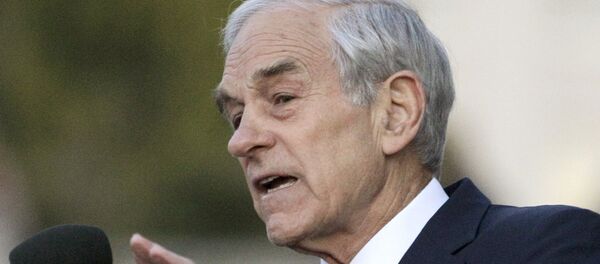Last Thursday, Republican Senator Rand Paul reintroduced the 2015 Federal Reserve Transparency Act, requiring the US central bank to undergo a Government Accountability Office (GAO) review, to be completed and reported to Congress by the end of 2015.
"There is this walled-off area — this is a no fly-zone. In an open society when you are making significant decisions that impact a lot of people, why would we have this opaqueness on purpose," Congressman Bill Huizenga, vice-chairman of the House Subcommittee on International Monetary Policy and Trade, was quoted by the publication.
According to the newspaper, the Republican-held Congress is seeking to use its majority to enact the so-called Audit the Fed law, allowing government review of the Federal Reserve's quantitative easing and interest rate-setting policies.
Elsewhere, critics of increased transparency in the US central bank expressed concern that its independence could be reduced by excessive political intervention.
Although the Federal Reserve is subject to outside scrutiny, the GAO does not equate the review to a "full independent audit."
"Access restrictions limit GAO ability to conduct performance audits, since it cannot analyze data on actual transactions," the government watchdog's 1993 report, published on the GAO website, reads.
The Federal Reserve's expanded role in the US economy over the past 100 years includes conducting monetary policy, bank regulation and maintaining stability of the country's financial system. Its unique structure is designed to reflect both public and private bankers' interests.




